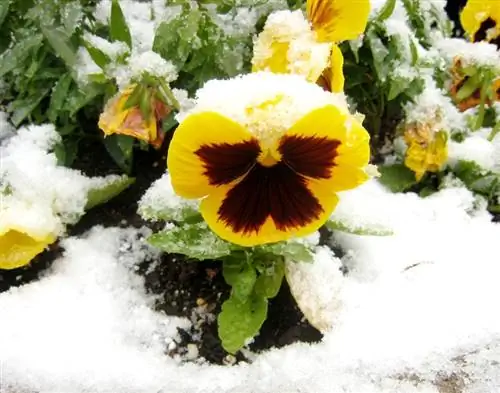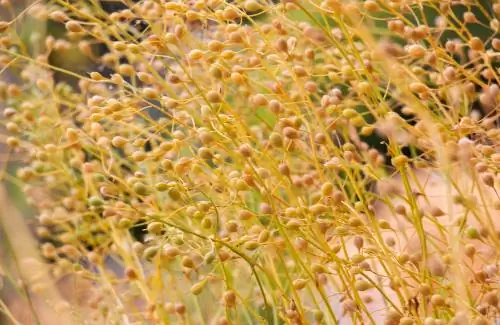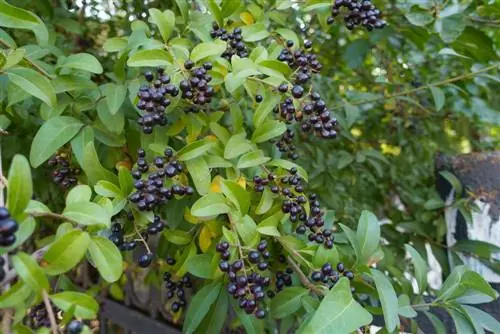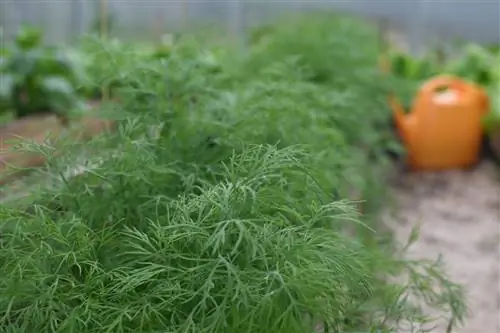- Author admin [email protected].
- Public 2023-12-16 16:46.
- Last modified 2025-01-23 11:19.
Parsnips are a tasty root vegetable that is relatively easy to grow in your own garden. The plants have similar needs to carrots, but have a white root color. With a few tricks you can successfully harvest parsnips yourself.
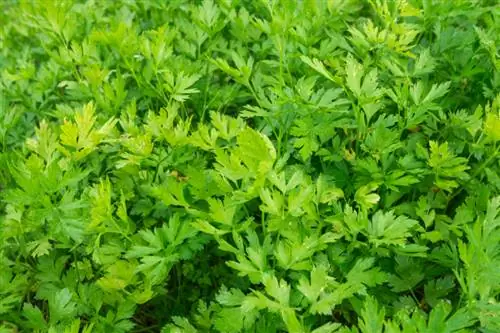
How to grow parsnips successfully?
To grow parsnips, fresh seeds should be used, the soil should be well loosened and humus-rich. Sowing takes place in spring or summer, with enough space between the plants. During the growing season, the soil should be kept moist and weeds removed.
Make sure you have fresh seeds
In contrast to many other types of seeds, parsnips only retain their germination capacity for around a year under normal conditions. Therefore, before sowing parsnips, be sure to use fresh seeds. Seed bags from retailers are also usually printed with a date on which freshness can be easily determined.
Sowing directly in spring or in summer
Parsnips can be grown for two different seasons of use. The roots of parsnips sown in early spring can be harvested in September for fresh consumption. However, if you don't sow until June, you can harvest the parsnips fresh from the bed as winter vegetables all winter long.
Good soil preparation is half the battle
In order to enable the long parsnip roots to develop well, you should definitely loosen the soil before sowing. Parsnips grow on loamy and sandy soils as well as on moorland, but the substrate should be humus-rich. Manure fertilization should already have taken place in autumn, otherwise fresh manure attracts the dreaded carrot fly.
Good growth also needs space
Parsnips must not be placed too close together if their roots are to develop optimally. You can sow the seeds in rows about 30-50 cm apart, but you should later thin out the plants to one plant every 5-10 cm. This is only possible after about 3 weeks at the earliest, as parsnip seeds usually take that long to germinate.
Careful care results in a rich harvest
Parsnips generally do not require any special care during their long cultivation period of around 160 to 200 days. However, the soil should always be kept as moist as possible and weeds should be removed from time to time so that the parsnips do not become overgrown. Since the parsnip leaves can cause skin irritation when touched, you should wear gloves.
Tips & Tricks
Instructions on growing parsnips can also often be found in old gardening books. However, it is often referred to there with common names such as “moor root” or “mutton carrot”.



